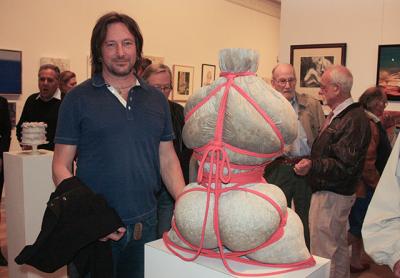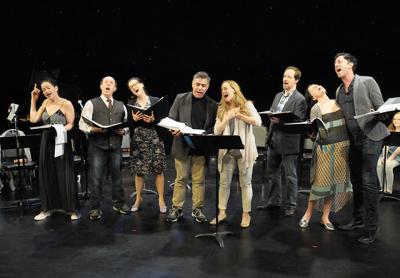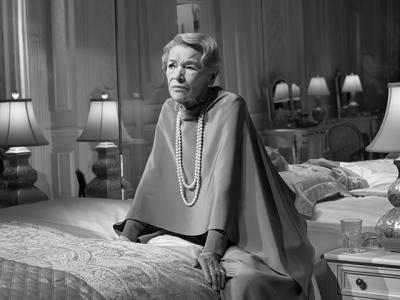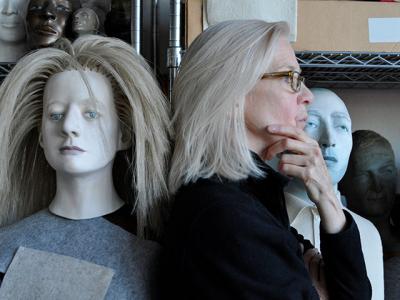Black and Sparrow Will Bring Acoustic Music to Sag Harbor
Black and Sparrow Will Bring Acoustic Music to Sag Harbor
Klyph Black and John Sparrow, an acoustic duo who have opened for New Riders of the Purple Sage, Taj Mahal, Hot Tuna, and other notable acts, will perform at the Masonic Temple in Sag Harbor on Saturday at 8 p.m. The show will benefit the Pierson High School scholarship fund and other local charities. Tickets are $20, $10 for students, and the doors will open at 7:30 for wine and refreshments.




